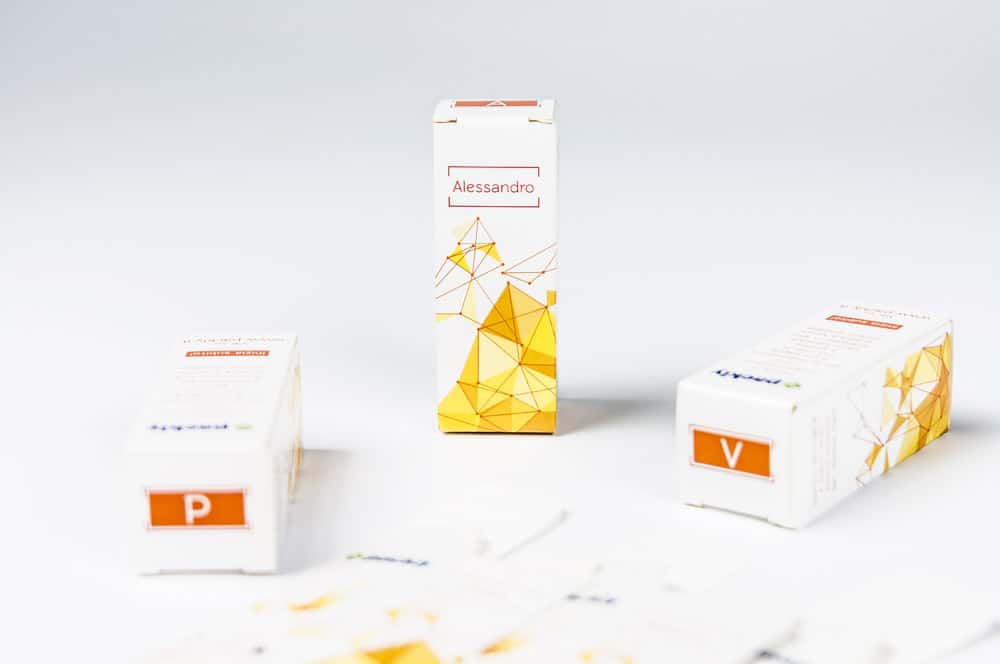
A pharmaceutical is essentially a drug taken inside the body after certain intervals in a day as recommended by professionals. It is designed for the use of living things, majorly humans. The concept of treating diseases is not old as one may think, but it is as old as humans. The methods have changed with these passing centuries, but the basic concept is the same. In old times people used herbs and natural plants to cure and prevent diseases and ailments. The first-ever medicine made was Morphine in 1804.
PHARMACEUTICAL BOXES----NECESSITY OF THE TIME
Pharmaceuticals are universal products that are used worldwide. The medical field has been working for ages to maintain good health for humans. It has, without any doubt saved the life of tons of humans. The medicines that are made in the medical field are lifesavers. Even in the pandemic times, when everything was shut down, the only industry working was the pharmaceutical industry. Pharmaceuticals were high in demand, and it was the need of time. Even in post-pandemic times, one can still observe huge growth in demand for pharmaceuticals.
Packaging has played a huge role in this regard. Pharmaceutical boxes are the packaging boxes that include all the pharmaceutical preparations, and it involves all of the operations from the production. Pharmaceutical packaging is not as simple as the packaging of other products. Pharmaceutical packaging is not only about aesthetics or the visual appeal that it provides, but it is more about the shelf life or the safety of the contents (medicine) inside. The packaging is designed to keep the medicine germ free and save from any outer damage, which is the actual purpose. The packaging of pharmaceuticals must effectively enlighten the product features. Although the packaging of pharmaceuticals varies from medicine to medicine, the basic function is the same.
LEVELS OF PHARMACEUTICAL PACKAGING :
Pharmaceutical packaging comes in various ways and levels, each according to the drug type and the amount of usage it provides. Following are the three levels of pharmaceutical packaging, and let us discuss each one by one :
PRIMARY PHARMACEUTICAL PACKAGING :
Primary pharmaceutical packaging is the most basic yet most important type of packaging. It is the first layer of packaging. Primary packaging directly envelops the products, and both the packaging and the drug are in contact with each other. Primary packaging contains a variety of boxes. Examples: Ampoules,vials, syringes, blister packs, sachets, etc. Primary pharmaceutical packaging keeps the inner contents safe from outside exposure, which is necessary because the chemistry of products is affected greatly due to outer exposure.
SECONDARY PHARMACEUTICAL PACKAGING :
Secondary pharmaceutical packaging is the second layer of protection added to ensure further security. They have further two types :
CARTONS :
The medicines packed are put inside the cartons. This serves two purposes, one is the additional layer of protection, and the other is it helps transmit drugs from one place to another at distant places.
BOXES :
Before adding drugs into cartons, they are packed into boxes. The boxes contain a specific number of packs inside, and then these boxes are placed in cartons for delivery.
TERTIARY PHARMACEUTICAL PACKAGING :
Tertiary pharmaceutical packaging is the third layer of protection that is added. The drugs and medicines packed in tertiary packaging are ready to be delivered to the retailers in bulk quantities, and it acts as a barrier to outside intervention.
Types of Pharmaceutical Boxes :
Bottle Boxes :
Bottle boxes usually contain syrups. These bottle boxes are best to keep liquid drugs. Some powdery drugs can also be placed in it. Pharmaceutical bottle boxes are available in two types bottle or plastic. These are mostly available in white and brown colors. It protects the liquid from ultraviolet radiation. Other than the fear of breakage of the glass bottles, there is no hindrance in using them. It keeps the liquid inside safe and protected. Outside the bottle is a wrap that consists of the details of the usage of the ingredients concerning age and expiry, and manufacturing dates. Side effects are also listed.
Sachet Packaging :
Sachet Packaging is a small pouch available in different shapes and sizes, mostly square and rectangular shapes. These packaging can be used easily and once, and Sachets only contain powdery substances. Sachet packaging is very cheap and available in a decent size, and Sachets are easily torn by hand.
Blister packs :
Blister packs are commonly used for tablets and capsules. Tablets can be easily removed, and these are best selling agents from the microbes. Blister packs contain only solid medicines, and the packaging can easily be torn by hand. You can buy one tablet from the pharmaceutical store or even a full pack according to your need or affordability. This feature makes blister packs cost-effective and a choice for most people. This is one of the most frequently used packaging as it is easy to use and handle. The pharmaceutical industry has shifted to using blister packs more frequently in the past few decades. Blister packs can easily remind how many tablets or capsules someone has used, allowing keeping a check on the dosage.
Vials Packaging :
Vial containers are also made up of plastic and glass material. These containers are used to store liquid or power drugs. They have larger sizes, so the amount of product inside also increases. They can also store solid products. These bottles are transparent, and one can easily see the product inside.
SYRINGES :
Syringes are injections that have elongated shapes with a needle attached at the beginning. The body of the syringe contains labels of measurements depending on the type, and Syringes come in different measurements. The syringes contain the drug in liquid form and are inserted directly into the body, making its way through the skin into blood or muscles.







